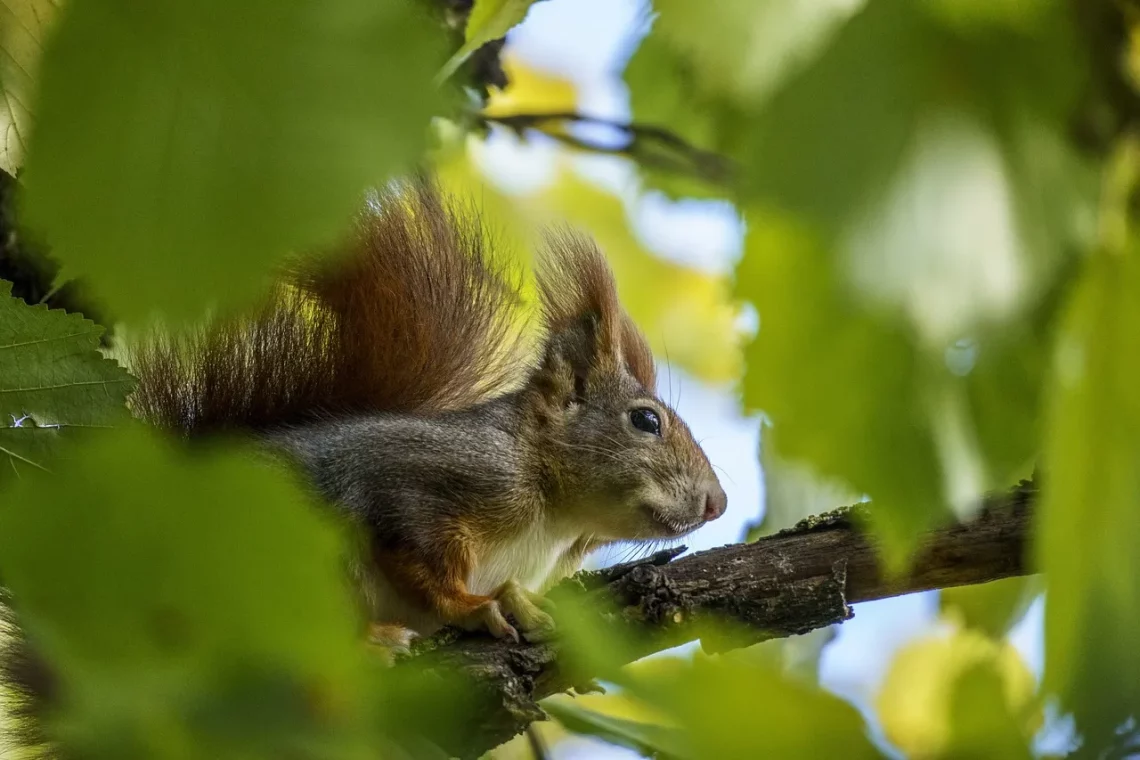
Top Rated Deer Feeders for Optimal Wildlife Attraction
Deer feeding has become an increasingly popular practice among wildlife enthusiasts and outdoor lovers alike. Providing food for deer not only supports the local ecosystem but also offers an opportunity for wildlife observation that many find rewarding. Whether you’re a seasoned hunter, a nature photographer, or simply someone who enjoys watching deer in your backyard, understanding the types of feeders available can greatly enhance your experience. The right deer feeder can attract a variety of wildlife while ensuring that the animals receive the nutrition they need. With various styles and features to consider, selecting the best deer feeder can be a daunting task.
In this article, we will delve into the essential factors to consider when choosing a deer feeder, the benefits of using one, and highlight some of the top-rated options available. From gravity-fed designs to electronic feeders, there’s something to suit every preference and need. With proper knowledge, you can create an inviting environment that not only attracts deer but also enhances your outdoor space.
Understanding Different Types of Deer Feeders
When it comes to deer feeders, there are several types available, each designed to serve different purposes and environments. Gravity feeders, for instance, are one of the most common options and are particularly user-friendly. These feeders dispense food through a simple gravity mechanism, allowing deer to access the feed as needed. They often hold a significant amount of food, making them ideal for long-term use.
Another popular option is the automatic or electronic deer feeder. These feeders are equipped with timers that can dispense food at specific intervals, ensuring that deer have access to fresh feed throughout the day. This type of feeder is particularly useful for those who might not be able to refill their feeders regularly. They are often designed to withstand various weather conditions and can be programmed to release food during peak feeding times, increasing the likelihood of attracting deer.
Hanging feeders are another type that can be effective, especially in areas where ground feeding might attract unwanted pests. These feeders are often hung from trees or posts and can be filled with a variety of deer feed types, including pellets, grains, or even corn. Hanging feeders can deter other animals from accessing the feed, making them an excellent choice for targeted deer feeding.
There are also specialized feeders designed for specific needs, such as protein feeders that offer high-nutrient content to help deer gain weight and improve antler growth. These feeders are typically used during the growing season and can significantly impact the overall health of the deer population in the area.
Overall, understanding the different types of deer feeders available will help you select the one that best fits your needs and the needs of the local wildlife.
Benefits of Using Deer Feeders
Using deer feeders comes with a myriad of benefits that extend beyond simply attracting deer to your property. One of the most significant advantages is the ability to support deer nutrition, especially during harsh weather conditions or seasons when natural food sources are scarce. By providing a consistent food supply, you can help maintain a healthy deer population, which is beneficial for biodiversity and ecosystem balance.
Deer feeders also create opportunities for wildlife observation. Whether you enjoy taking photographs or simply watching these majestic animals in their natural habitat, a well-placed feeder can enhance your experience significantly. Many wildlife enthusiasts find joy in watching deer interact with one another, and feeders can serve as a focal point for these activities.
Additionally, using a deer feeder can help control deer movement in your area. By strategically placing feeders, you can guide deer to specific locations, making them easier to observe or hunt if that is your intention. This can also help reduce deer-vehicle collisions by encouraging them to stay away from roads and populated areas.
Furthermore, deer feeders can attract not just deer, but a variety of other wildlife as well. Birds, squirrels, and other creatures may also be drawn to the feed, creating a lively and dynamic ecosystem in your backyard. This can turn your outdoor space into a vibrant wildlife sanctuary that the whole family can enjoy.
Lastly, some deer feeders are designed to be environmentally friendly, minimizing waste and ensuring that the food provided is of high quality. Many feeders are made from durable materials that can withstand the elements, ensuring long-term use without frequent replacements. This sustainability aspect can be particularly appealing to those who are eco-conscious.
Choosing the Right Deer Feed for Your Feeder
Selecting the right deer feed is just as important as choosing the right feeder. The type of feed you provide can have a significant impact on the health and well-being of the deer that visit your property. Various options are available, each tailored to meet the nutritional needs of deer throughout different seasons.
Corn is one of the most commonly used feeds, especially in areas where deer are accustomed to foraging for grains. While it’s a great source of energy, it should not be the only food source provided. Corn lacks some essential nutrients, so it’s best used in conjunction with other feeds.
Deer pellets are another excellent choice, as they are specifically formulated to meet the nutritional requirements of deer. These pellets often contain a balanced mix of proteins, carbohydrates, vitamins, and minerals. They are particularly beneficial during the growing season when deer need extra nutrients for antler development and overall health.
Protein-rich feeds are crucial during certain times of the year, particularly in the spring and summer. These feeds can help deer gain weight and improve antler growth. Look for feeds that contain at least 20% protein, as this will ensure that the deer receive adequate nutrition during their growth phase.
In addition to these options, you may also consider providing supplements such as minerals and salt licks. These can enhance deer health and attract them to your feeder more consistently. Placing mineral blocks near your feeder can create a reliable spot for deer to visit regularly.
Ultimately, the right deer feed will depend on the specific needs of the local deer population and the time of year. By offering a variety of feeds, you can ensure that the deer are well-nourished and healthy, which will, in turn, create a more vibrant wildlife experience in your area.
Maintenance Tips for Your Deer Feeder
Proper maintenance of your deer feeder is essential to ensure its longevity and effectiveness. Regular upkeep not only keeps the feeder in good condition but also ensures that the deer have safe access to clean food. Here are some maintenance tips to consider.
First, regularly check for damage or wear and tear. Depending on the materials used, feeders can be susceptible to rust, rot, or other forms of deterioration over time. Inspect the feeder for any cracks, holes, or loose parts, and make necessary repairs promptly. This will prevent waste and ensure that the feed remains accessible to the deer.
Second, clean the feeder regularly. Leftover food can attract pests and lead to mold growth, which can be harmful to deer. Using a mild soap and water solution, clean the feeder every few weeks, especially during peak feeding seasons. Make sure to rinse thoroughly to remove any soap residue before refilling.
Third, monitor the feed level and refill as necessary. It’s essential to provide a consistent food supply to attract deer. If the feeder is empty for extended periods, deer may stop visiting altogether. Keep an eye on the feed level, especially during winter months when food sources are limited.
Lastly, consider the placement of your feeder. Make sure it’s in a location that is safe for deer and away from heavy foot traffic or roads. A quiet, secluded area will encourage deer to visit more frequently. Additionally, ensure that the feeder is stable and secure to prevent tipping or spilling.
By following these maintenance tips, you can create a welcoming environment for deer and other wildlife, ensuring your feeder remains effective and serves its purpose well.
In conclusion, selecting and maintaining the right deer feeder can significantly enhance your wildlife experience, making it a rewarding endeavor for nature lovers and outdoor enthusiasts alike. Remember to choose high-quality feeders and feeds to support local wildlife effectively. Happy feeding!




